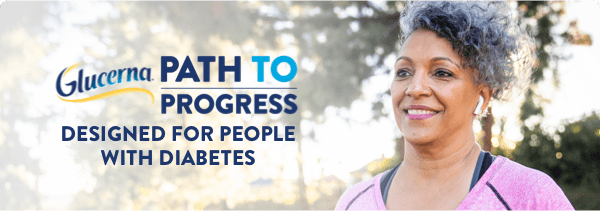Examples of Foods Less Likely to Cause Blood Sugar to Spike
Nonstarchy, fiber-rich vegetables, beans, sweet potatoes, and whole fruits are less likely to cause your blood sugar to spike. Foods made with whole grains (whole grain or 100% whole wheat bread, whole wheat pasta) also are less likely to cause blood sugar spikes.
When Should I Eat?
Think about planning ahead and timing your meals appropriately with your medications and blood sugar testing. Portion control and limiting snacks are important factors. Start your day off right by eating breakfast. Healthy snacks between meals can help keep blood sugar at a normal level, but don’t overdo it. Never skip meals!
What is a Serving Size vs Portion Size?
Portion size and serving size are not always the same thing. A portion is the amount of food you choose to eat at one time, while a serving is the specific amount of food listed on a food label that is used to help describe nutrition information. Studies show that people tend to eat more when they are served large portions at a meal. Getting a good grasp of portion sizes helps you choose how much you want to eat, which will in turn impact your blood sugar. For help determining your nutrition needs, ask your health care provider and use serving sizes on food labels to help you decide what portions are appropriate for you. For help measuring and tracking portions, try an app with features for portion estimation.


